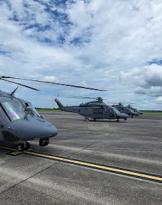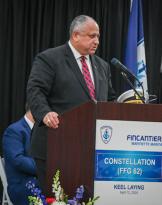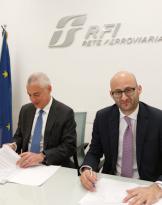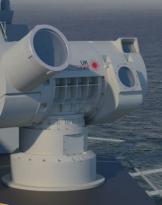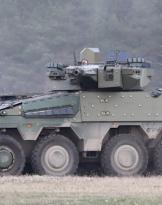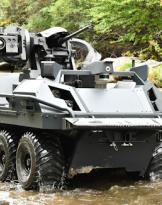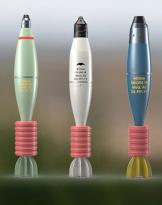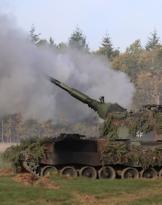At the DSEI exhibition in London, defense electronics industry champions from the UK, Italy and Japan announced that they are working to agree a joint framework for the implementation of the GCAP project in the ISANKE & ICS (Integrated Sensing) sector and Non-Kinetic Effects & Integrated Communications Systems).
The companies - Leonardo UK for the United Kingdom, Mitsubishi Electric for Japan and Leonardo and ELT Group representing Italy - are evaluating a number of possible operational and commercial models. The partners have identified a common structure for the implementation of the project as the most efficient and effective way to complete the program quickly, as well as guaranteeing full autonomy of action and modification for all three nations.
This latest development follows the signing of a collaboration agreement in the ISANKE & ICS domain, announced in March, and brings the partners closer to the creation of a permanent industrial structure. To reach the GCAP target of 2035 for the entry into service of the new aircraft, the partners agree that new ways of working will be required and have held a series of intensive discussions to re-evaluate previous program structures, and performance parameters. The goal is to create a transformative model of technical and commercial collaboration on an international scale, which allows progress to be made at a rapid pace.
ISANKE & ICS is the advanced electronics on board the GCAP combat aircraft, providing crews with mission-critical information and advanced self-protection capabilities. Among the key reasons why the new GCAP fighter aircraft is considered next-generation, the new ISANKE & ICS concept shifts from the traditional fighter aircraft model with separate sensors to instead provide a fully integrated sensing, fusion and self-protection capability. At the same time, the communications system, also integrated, will allow ISANKE to operate as a network between manned and unmanned aircraft formations, as part of each nation's larger multi-domain system of systems.
In addition to commercial discussions, the domain partners have also made significant progress on the technical front of the program in recent months, with the ISANKE & ICS subsystem passing review by the three partner nations. In addition to virtual work, engineers from Leonardo, Mitsubishi Electric and ELT Group met in person on several occasions as activities progressed towards the systems review phase. This key step in the joint concept activity means that the partners have agreed on the high-level design regarding ISANKE & ICS: what the key blocks of the subsystem will be, where they will be placed in the aircraft and what they will do.
Passing this phase has given greater certainty to the direction of research and development work and supports the new fighter aircraft which will enter service in 2035. At the same time, all partners have advanced the development of a number of core technologies critical, also in the sectors of radar, electro-optics andelectronic warfare. The collaboration has also laid the foundation for aligning the digital transformation journeys of companies as they prepare for more intense joint engineering activity, across national borders and in a secure manner.
The partners in ISANKE & ICS represent excellence and cutting edge engineering in their three respective countries. Together, the companies expect to inspire and train a new generation of engineers and entrepreneurs capable of meeting the challenges of the next 50 years and beyond in defense sensing and communications.


